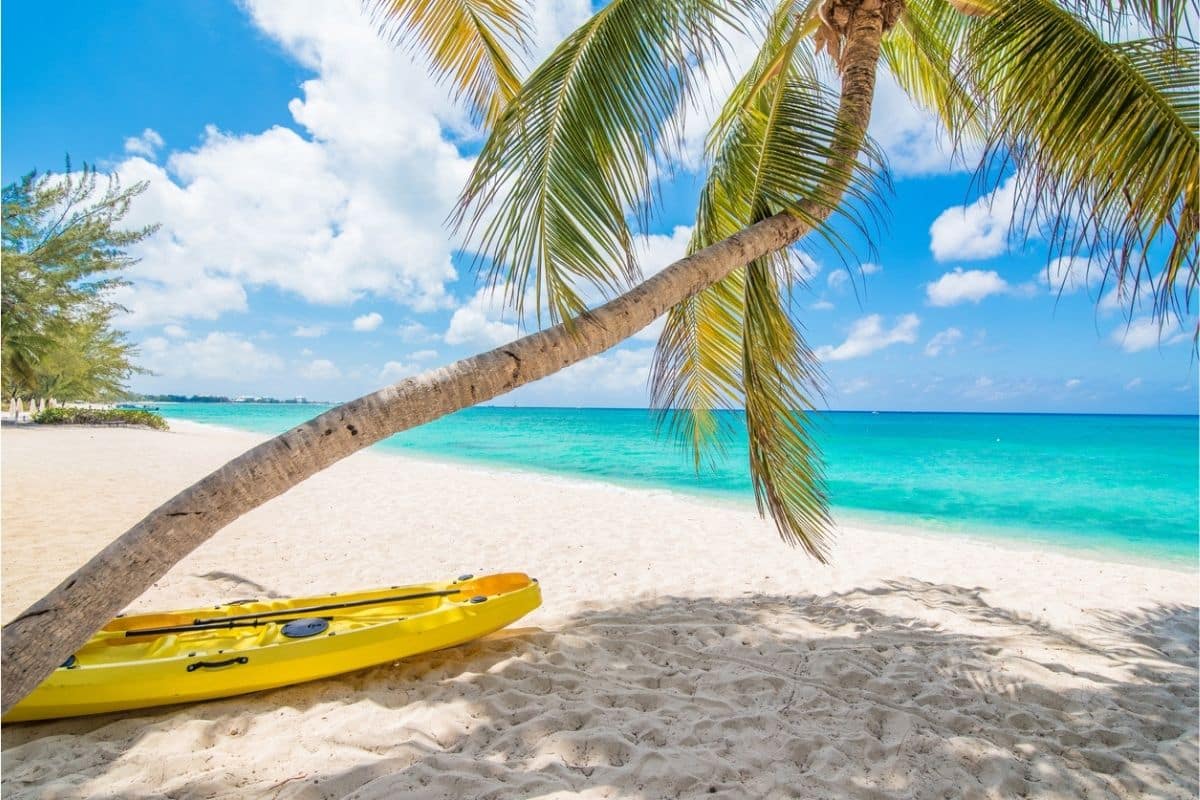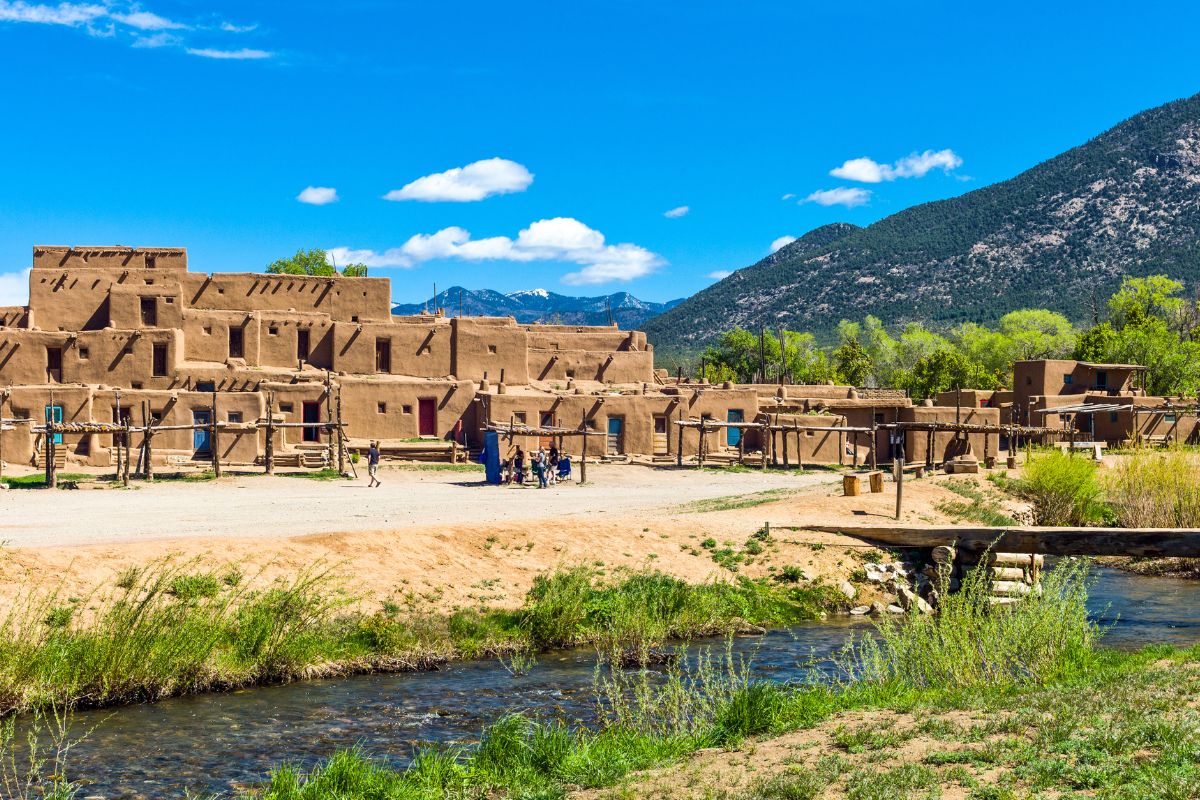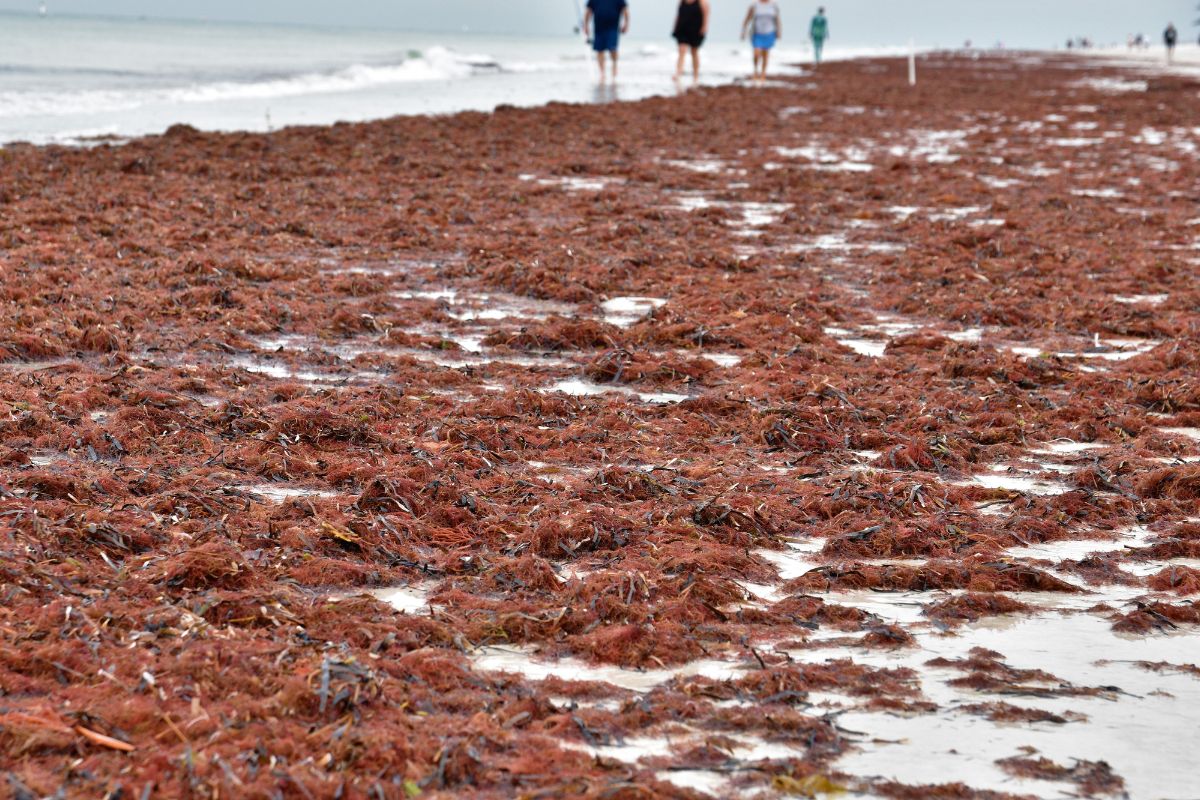In 2022, Mexican federal officials expected the arrival of 32 thousand tons of sargassum seaweed in the country. In 2023, the estimation is not clear as it’s not possible to see it on the ocean from satellites yet.
Nevertheless, the seaweed problem is worsening in Cancun every year and if you are planning to spend quality time on the beach, then you want to avoid those 6 months of seaweed season.
Join our Seaweed/Sargassum Cancun FB group where locals and tourists post photos and videos from the area
Latest Cancun seaweed updates:
May 5-6: Latest Photos from Cancun Area Beaches (Source: Sargasso Seaweed Updates Riviera Maya FB GROUP)
The situation is slightly better this week amid more cleaning and more nets installed in the areas of Playa del Carmen and Tulum.



Sargassum MAP May 5

April 14: Latest Photos from Cancun Area Beaches (Source: Sargasso Seaweed Updates Riviera Maya FB GROUP)
The current situation is quite unpredictable, as it changes with the wind, and currents and also depends if there is a morning beach clean-up. Here are a few photos from the last 24 hours.
April 2: New wave of seaweed hits the Cancun coast (Photo + Video from Playa del Carmen)
A new wave of sargassum seaweed arrived on the Cancun coast last night. Here is a photo + video from the morning (April 2) in Playa del Carmen by Jeremiah Rygh (Instagram: Explore with Jeremiah):

Sargassum MAP April 2

March 19: A 5,000-Mile-Wide Mass of Seaweed Is Heading for Florida and Mexico
According to NBC News’ Denise Chow, a massive brown seaweed cluster spanning 5,000 miles is approaching North America, posing a potential threat to beaches across Florida, Mexico, and the Caribbean.
Although the massive collection of seaweed, referred to as the Great Atlantic Sargassum Belt, is not a new occurrence, experts have noted its current size as particularly substantial. Furthermore, the sargassum blanket, which can be found floating across the Atlantic Ocean, is reportedly arriving at coastal regions much earlier than usual this year. Brian Lapointe, an ecologist from Florida Atlantic University, warned that this development “doesn’t bode well for a clean beach summer in 2023,” in an interview with the New York Times’ Livia Albeck-Ripka and Emily Schmall.
Latest Cancun coast seaweed map and photos, March 19, 2023 (Source: FB Red de Monitoreo del Sargazo de Quintana Roo
Playa del Carmen Update

Cancun Update

February 14: As Sargassum Plagues Cancun Coast, These Beaches Remain At Low Levels
Mexican Caribbean has seen an increase in Sargassum seaweed in the past few days. Beaches in the hotel zone in Cancun are still relatively clean and well-maintained but plenty of the beaches on the coast such as Cozumel, Playa del Carmen, Akumal or Playacar have already high levels of seaweed.
Here is the list of beaches with the lowest levels:
- Isla Mujeres
- Playa las Perlas
- Playa Langosta
- Holbox Island

January 28: Playa del Carmen sargassum seaweed update (PHOTO & VIDEO)
Playa del Carmen’s beaches are facing an influx of seaweed, however, the cleanliness of the beaches varies depending on location and the presence of organized cleaning services.
The video and photo below are from Coco Beach in Playa del Carmen (January 28 morning).

January 20: Cancun coast received the first wave of seaweed in 2023
On January 14, the first sargassum seaweed of 2023 has been found on beaches in the Riviera Maya, including Puerto Morelos and Playa del Carmen, earlier than previously predicted.
Latest Cancun coast seaweed map, January 16, 2023 (Source: FB Red de Monitoreo del Sargazo de Quintana Roo

The latest update on seaweed in Cancun (January 2023)
As of January 2023, all Cancun and other beaches in Mexican Caribbean are free of seaweed. The arrival of seaweed starts in March and by the end of April, it spreads all over the area. Therefore, the best time to visit is January and February. (Source: thecancunsun.com)
Sargassum Seaweed 2023 Forecast FAQs
Sargassum seaweed season in Cancun and around Mexican Caribbean finishes in October.
The Pacific and Gulf coasts of Mexico are not affected by sargassum seaweed.
Sargassum seaweed season lasts around 6 months in Mexico. It starts in April and finishes in October.
According to studies by the National Autonomous University of Mexico, sargassum was first detected on the coast of Quintana Roo in late 2014 and increased in 2015. By 2018, the volume was concerning, and then it decreased.
However, according to Ojeda, the stats projected today are much higher than at the peak in 2018.
″There is a forecast of about 32 thousand tons. We are working to prevent them from reaching the beaches and if they do, to collect them.”
So far, 9,565 tons have arrived on Mexican beaches. Authorities have collected 9,467 on the coast and 97.7 in the sea.

The government has deployed a series of measures to fight the issue, especially in Quintana Roo, where Cancun is located and which has a higher number of visitors.
The Navy operates 11 seaweed collection vessels in the area, but records show that the amount gathered at sea is decreasing year after year.
In 2020, the Navy eradicated 4% of the sargassum in the water, but 96% was removed from the beaches. Last year, the number dropped to 3% and is now at 1% in 2022. Apparently, bad weather is hampering attempts.
Updates Archives:
Update on seaweed in Cancun (September 29, 2022)
By mid-October, sargassum seaweed season is expected to end on the Mexican Caribbean coast.
Update on seaweed in Cancun (September 16)
A study from the Quintana Roo Department of Navy (Semar) claims that as of this week, Sargassum seaweed would be less prevalent on the beaches in Cancun.
An investigation was carried out in collaboration with the Gulf and Caribbean Oceanographic Institut to ascertain how much sargassum might ultimately enter the Mexican Caribbean.
The lowest amounts of sargassum are frequently found on Isla Mujeres, Puerto Morelos, and Othon P. Blanco, with the largest concentrations being found close to the well-known beaches of Solidaridad, Cozumel, and Tulum.
- The beaches of Isla Mujeres are already seaweed free. (More info)
- Seaweed in the Mexican Caribbean to start decreasing soon, according to data (More info)
Latest images (Source):

Latest sargassum seaweed map, September 16 (Source):
May
Ojeda, who recently called the problem “alarming,” said that authorities are preparing for the largest amount of sargassum observed on Cancun beaches since 2018.
“The situation in the country, as described by the official: in Isla Mujeres, there is zero sargassum; in the municipality of Benito Juárez, on the Chac Mool beach, yesterday 5 percent was detected; in Puerto Morelos, on Pelicanos Beach, 20 percent; in Playa San Martin in Cozumel, 20 percent; in the municipality of Solidaridad, El Recodo beach, 30 percent; in Playa Maya in Tulum it is where more arrivals of this algae have been reported, 40%; while in Othón P. Blanco, in El Mahahual, 15%.”






